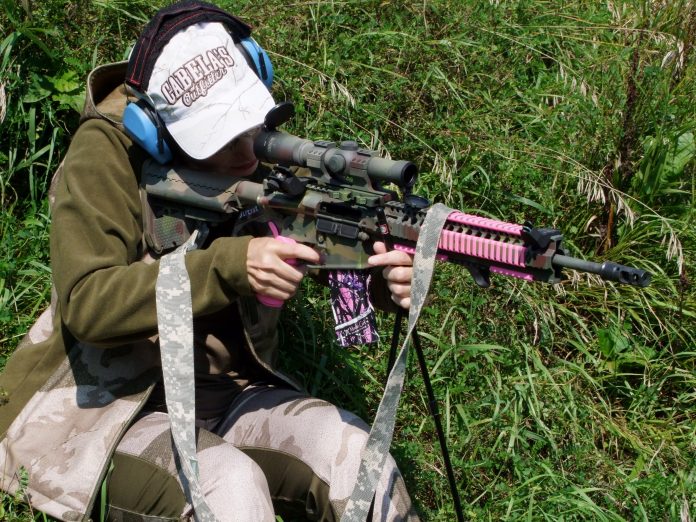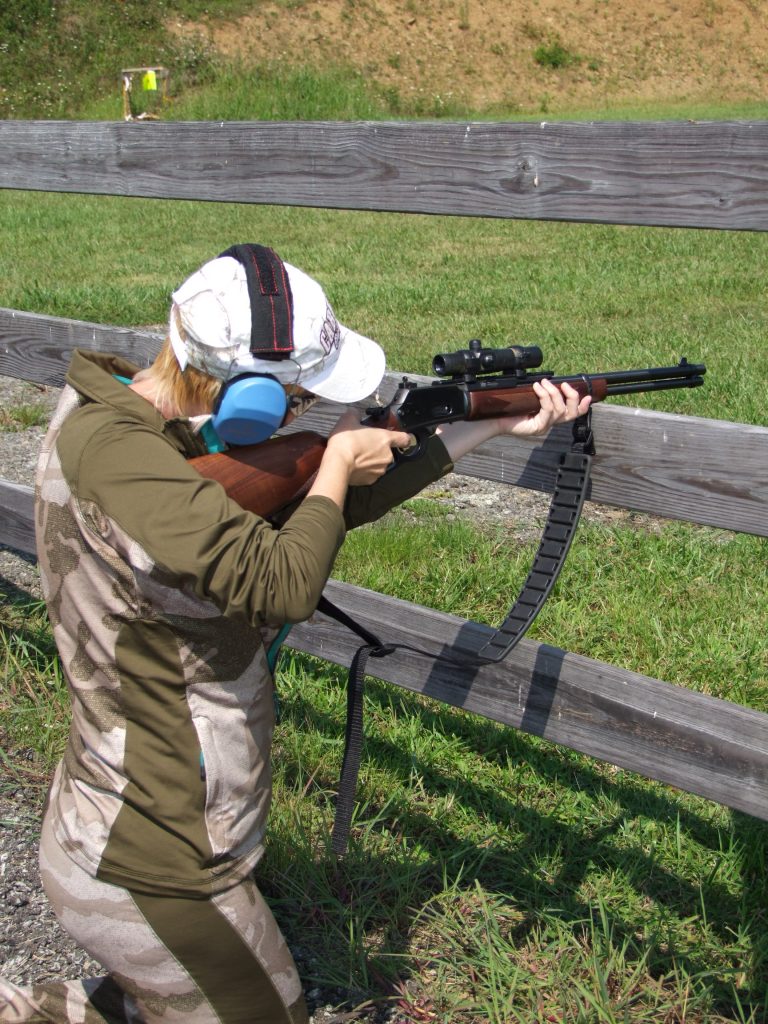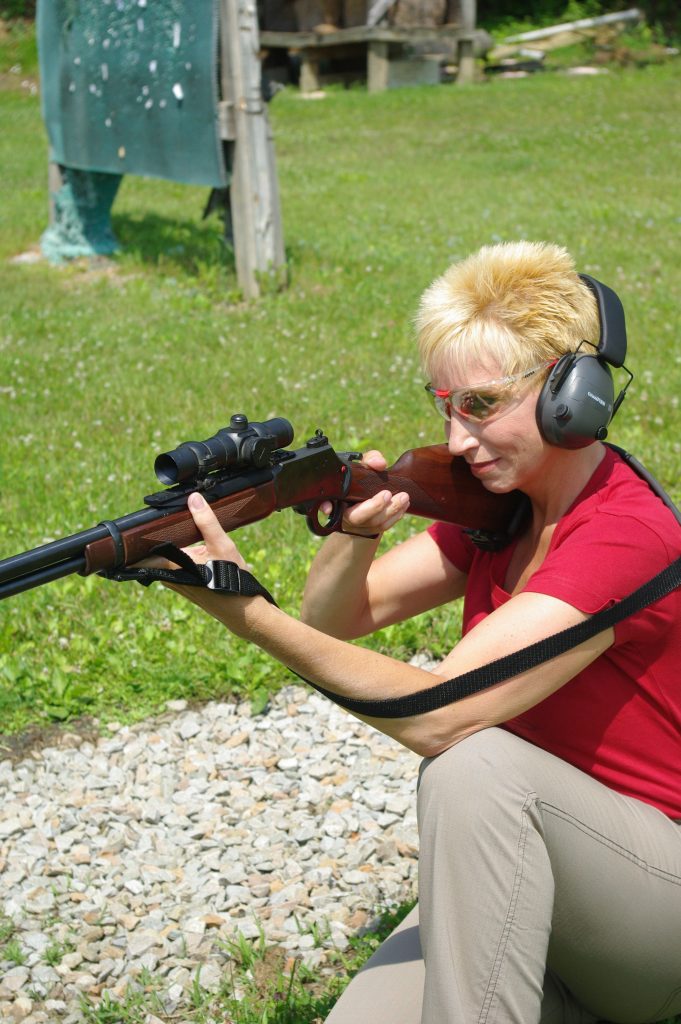
With the onset of spring it is time to start getting ready for this year’s competition season or to start getting ready for hunting season. One of the biggest things to learn is shooting from non-traditional positions. When I was a kid, my dad told me to practice shooting “like Daniel Boone (one of the greatest woodsman of the colonial era)”. What dad was telling me was shoot off fence posts, use your hand as a support on a tree trunk, use a cross timber on a fence as your rest, shoot seated, etc. These non-traditional shooting positions will improve your scores and increase your odds of getting a trophy. If you carry a firearm professionally you will find hoods of vehicles, window ledges and even your partner’s shoulder maybe an improvised supported position.

If your range be like mine, you can use the bench and roof supports to simulate shooting off of a tree, a stump, hill rise, etc. You can also practice seated shooting, prone, or kneeling-double knees down, traditional kneel; whatever position you can come up with; as long as it is safe. In the woods, on duty, and in competition; you never know where or when you will need to execute a shot, so practice in various positions. You can practice them dry firing in your house as well.

Kneeling and seated positions have been used by hunters and armed professionals since the dawn of shooting. The key to making these stable positions is to have the fleshy muscle of the triceps/bicep resting on the inside or outside of the knees. You can see in the accompanying photos how LLP has positioned herself. If you place your elbow directly on the knee, you will slip. Two hard objects are not stable; the belly of the muscle acts as a shock absorber against natural movements such as breathing. In the photos you will notice she also has looped her hand through the rifle sling. If you are sitting in front of a tree, use it to further stabilize your position. Combining a sling and proper positioning; kneeling and seated shooting positions are nearly as stable as the prone position.

Slings create a support when you wrap your hand through the forward portion of the sling in a shooting position. This increases the isometric tension across your back from the butt of the long gun to your wrist to your support hand. If your sling is properly fitted the long gun will be rock solid without the use of your shooting hand. What this does is allow you to take more precise shots, because your shooting hand only shoots, it does not support the firearm. You will find many examples of how to fit a sling on youtube or Kyle Lamb’s page Viking Tactics. Both are invaluable resource to improve your shooting.

Because the sling is a tool not a carry strap buy a quality sling.. When I say a quality sling, the sling should be a two point military leather or nylon style sling; slings from The Wilderness (Giles Sling), Gunsite (Ching Sling), Blue Force Gear and BLACKHAWK come to mind. These allow you to adjust the sling to fit for carry and shooting.
Another piece of gear all hunters should have that ensures a reliable rest and works from a number of shooting positions is shooting sticks. Shooting sticks were around long before modern bi-pods and weigh substantially less and far more versatile. Those with diminished upper body strength from injuries or simply by virtue of your size will find shooting sticks give you a rigid shooting position. Folks who hunt with scoped handguns swear by shooting sticks. The other feature that makes them popular is the ability to fold them and for easy carry in a pack.

Shooting Sticks come in a variety of styles. The traditional style is a pair of sticks bungeed together to form a “V” that is the rest. These are generally sized for use in a seated position but they can be had in lengths long enough for standing. Here in the states the seated length works well for most applications, the standing length because of all the tall brush and grasses is popular for big game hunters in Africa.

You will also find walking sticks that are shooting sticks, this come in handy when trekking over rugged terrain. Another popular version is the tripod version. These are slightly heavier but more steady, especially when used shooting while standing. You can find shooting sticks at most popular big box stores such as Cabelas, Bass Pro, Brownells, etc.
You will find your backpack makes a solid rest in the field. The reason I and many others use a pack as a rest is its versatility. It can be laid over items such as a log, a rock, rise of a hill; all to give you a make shift “sandbag”. The pack like a sandbag cradles your long gun, giving you a solid rest and it will protect your long gun from getting damaged if you are using a rock or other natural item that could scratch your firearm.
As you can see there are many stable positions to shoot from that do not require you to have the additional weight of a bi-pod on your firearm. Hopefully this will help you while hunting, in competition or just on the range. As always; shoot straight, shoot safe and have fun.



